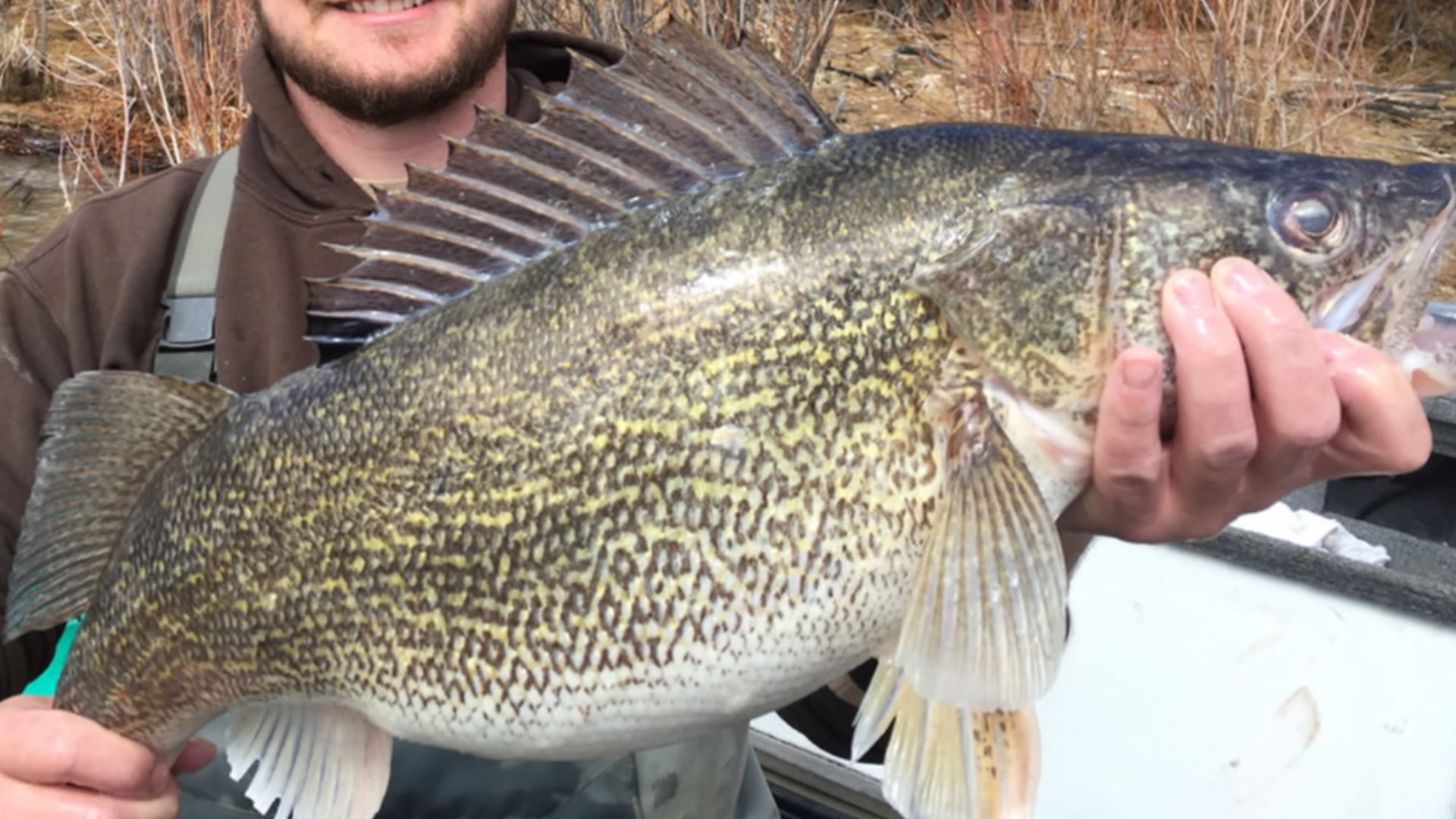WASATCH COUNTY, Utah — Last month, an angler caught a scaly surprise at Strawberry Reservoir.
And while it might not look like much, that walleye — also known as a yellow pike — has the Utah Division of Wildlife Resources sounding the alarm.
Why is this fish so dangerous, and how can fishers help prevent potential ecological catastrophe?
”From a biologist standpoint, this is as bad as bad as it gets," said Alan Ward with the DWR.
Strawberry Reservoir, located just an hour and a half from Salt Lake City, is known for its cutthroat trout, rainbow trout and kokanee salmon populations.
One fish not on the list: the walleye.
But on Dec. 21, one Utah angler caught just that.
"We are definitely concerned about getting walleye in there," Ward said.
Ward says that this walleye discovery was no accident — the DWR believes it was dumped in the reservoir.
"You know, there are a lot of people out there I think are sometimes a little short-sighted or selfish and wanting a certain fish species in whatever water, and have a tendency to sometimes move those around or think that they can," he said. "Unfortunately, it is an illegal activity. It's something that we would prosecute."
And it's not that rare.
"From our perspective, it happens far too often," Ward said. "In Strawberry's history, we've had a few other introductions... Even in the last 30 years, we have had people try to put other species in there. And fortunately for us, none of them have really taken hold. But this one, we are definitely concerned about."
Ward describes the walleye as a “top predator,” which means its presence could drastically harm the reservoir’s current ecosystem.
"When you get an invasive species... in this case, walleye, it's gonna disrupt the balance of the fishery. As far as the water, it can introduce pathogens and other things into the system that will affect other organisms in the system too."
Now, the DWR needs the public’s help to keep Strawberry Reservoir's ecosystem healthy.
"Right now, we're asking the anglers to remove any walleye that they do catch — don't release it back into the water. Also to notify us," Ward said. "You can call any of the [DWR] region offices, or even the U-TIP hotline at 1-800-662-3337."



